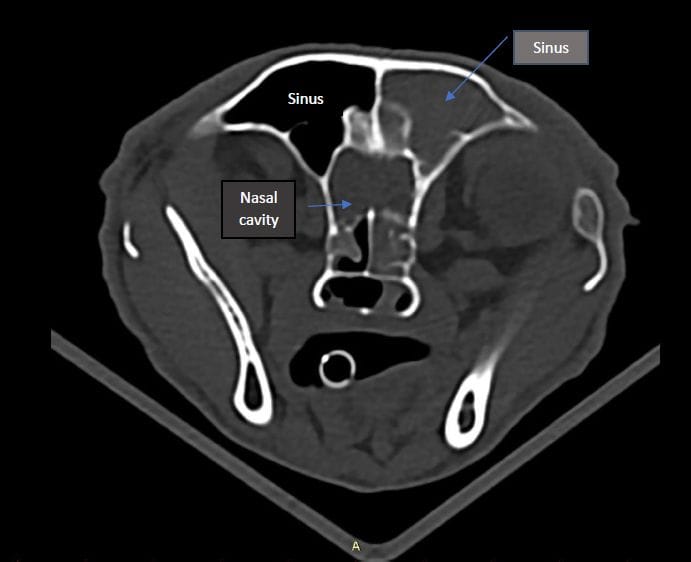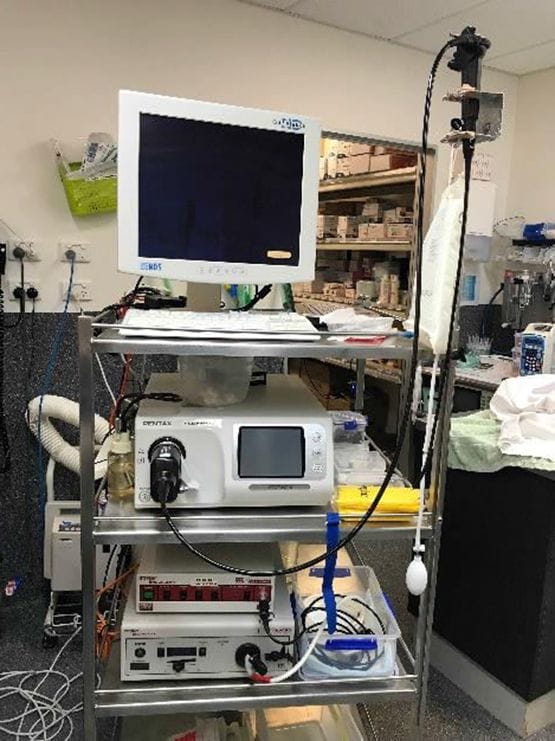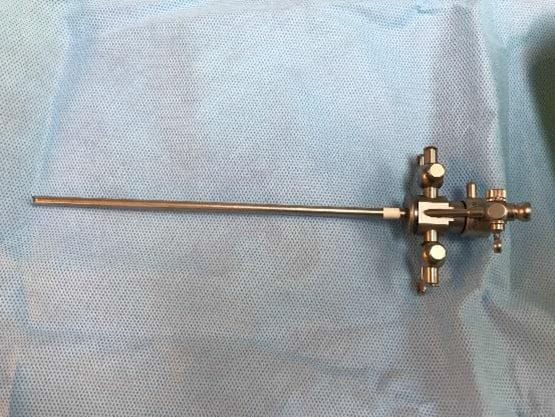Nasal disease in cats will show with various clinical signs such as sneezing and nasal discharge (ie snot!), crusting around the nose and sometimes even swelling over and around the nose and bleeding. Bleeding from the nose is always of significant concern in cats and may be due to more widespread medical disorders.
There are various diseases that cause these symptoms including infections (e.g. cat flu (feline calicivirus, feline herpes virus), fungal disease (e.g. cryptococcus, aspergillus)), inflammatory disease (e.g. chronic rhinitis or allergic rhinitis) and unfortunately cancers (e.g. lymphoma or carcinoma).
Dental disease can cause nasal signs if there is communication between the tooth and the nose (tooth root abscess).
Chronic rhinitis is a fancy term for long term nasal inflammation of the nose. It is similar to irritable bowel syndrome, but in the nose! It is a very common cause of long term nasal signs in cats.
Young cats are more likely affected with upper respiratory infections such as cat flu, foreign bodies, nasopharyngeal polyps and nasopharyngeal stenosis. Older cats are more likely affected with cancer or chronic rhinosinusitis.
Finding out the cause of the nasal signs (definitive diagnosis) may require a variety of tests including blood tests and imaging such as CT scanning and rhinoscopy (insertion of a camera into the nose) and biopsies are often required.









